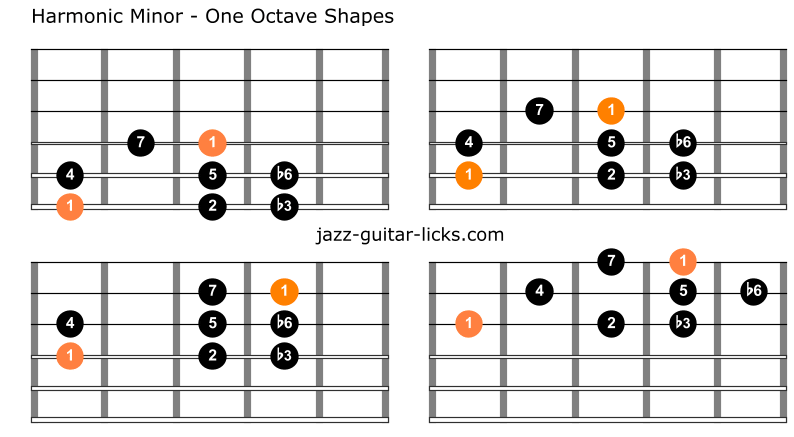

However, in the so built harmonic minor scale, an A 2nd interval appears between its VI and VII degrees, that is, 1.5 W, which has a strange and unnatural effect, for it is a too big interval for being between two consecutive degrees. In order to avoid this inconvenience, it is common to raise one half step the VII degree of this scale by means of an accidental, which results in the harmonic minor scale.Ī harmonic minor scale, along with its degrees In Music, it is said that the VII degree of the natural minor scale does not have the Leading tone character and so it is called Subtonic instead. So, it turns out that, when playing the natural minor scale and passing from the VII to the VIII degree, it does not produce the sensation of having reached the end of the scale. Nevertheless, the natural minor scale has an inconvenience: the distance between its VII and VIII degrees is one whole step, while in a Major scale this distance is one half step. In Chapter 13, the special characteristics of these two modes will be studied, as well as the reason why they prevail over the rest of the modes. Logically, a Major scale and its relative minor have the same key signature. In general, we can define a natural minor scale as a set of 7 notes characterized by the following interval succession: W H W W H W W. And, from the A Major scale, the F natural minor scale is obtained. In the same way, from the B Major scale, the G natural minor scale is obtained. These two scales, C Major and A natural minor, are said to be relative to one another. So, from the C Major scale, the so called “A natural minor scale” is obtained:Ī natural minor scale, along with its degrees

The minor mode is that obtained by considering the VI degree in the Major scale as the tonic.

Western music has evolved with time to the so called Major-minor System, which means that, from the 7 possible modes, only two of them remained: the Major and the minor modes. In fact, the name “Major” is, precisely, the name given to the mode with the interval succession W W H W W W H. Therefore, there are 7 possible modes for any Major scale, one for each note in the scale that is considered the tonic. This is not a Major scale, since it does not keep to the interval succession W W H W W W H, but it is a mode associated to the C Major scale. For example, if in the C Major scale, we choose the note E as the tonic, the resulting scale is: E, F, G, A, B, C, D, E. If, in any Major scale, we change the tonic but keep all its notes, what we obtain is a new Mode. Hexatonic scales and their associated chords Diminished scales and their associated chordsġ6. Chord finder and the major-minor systemġ5.


 0 kommentar(er)
0 kommentar(er)
